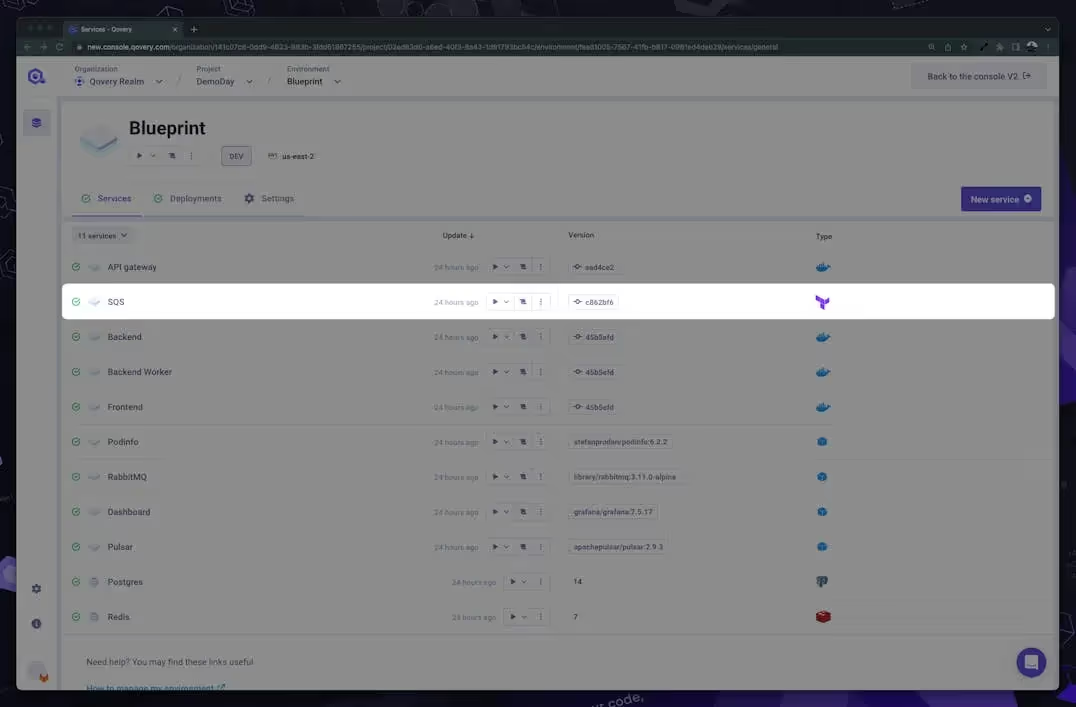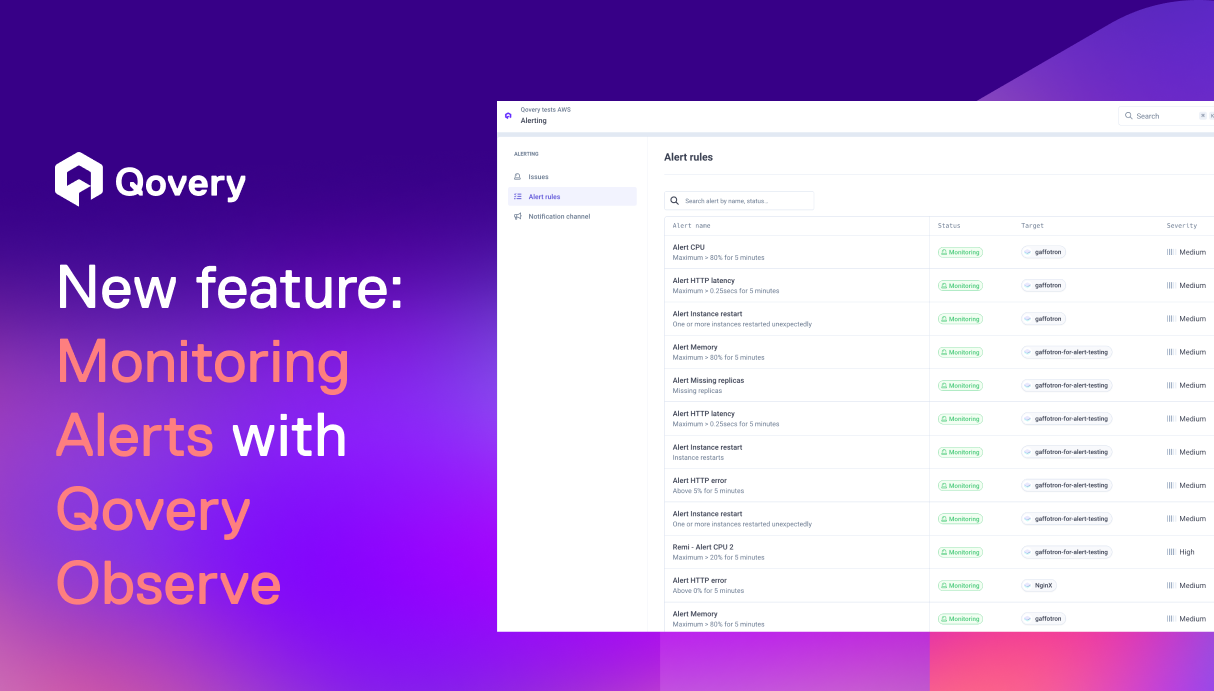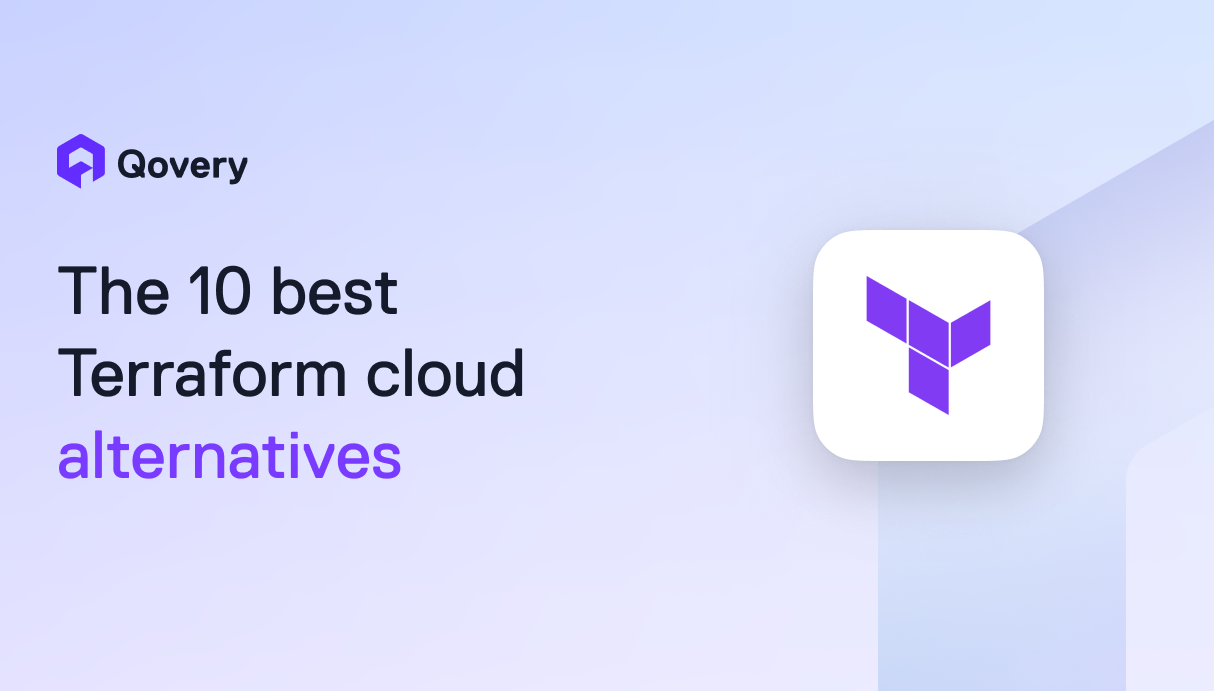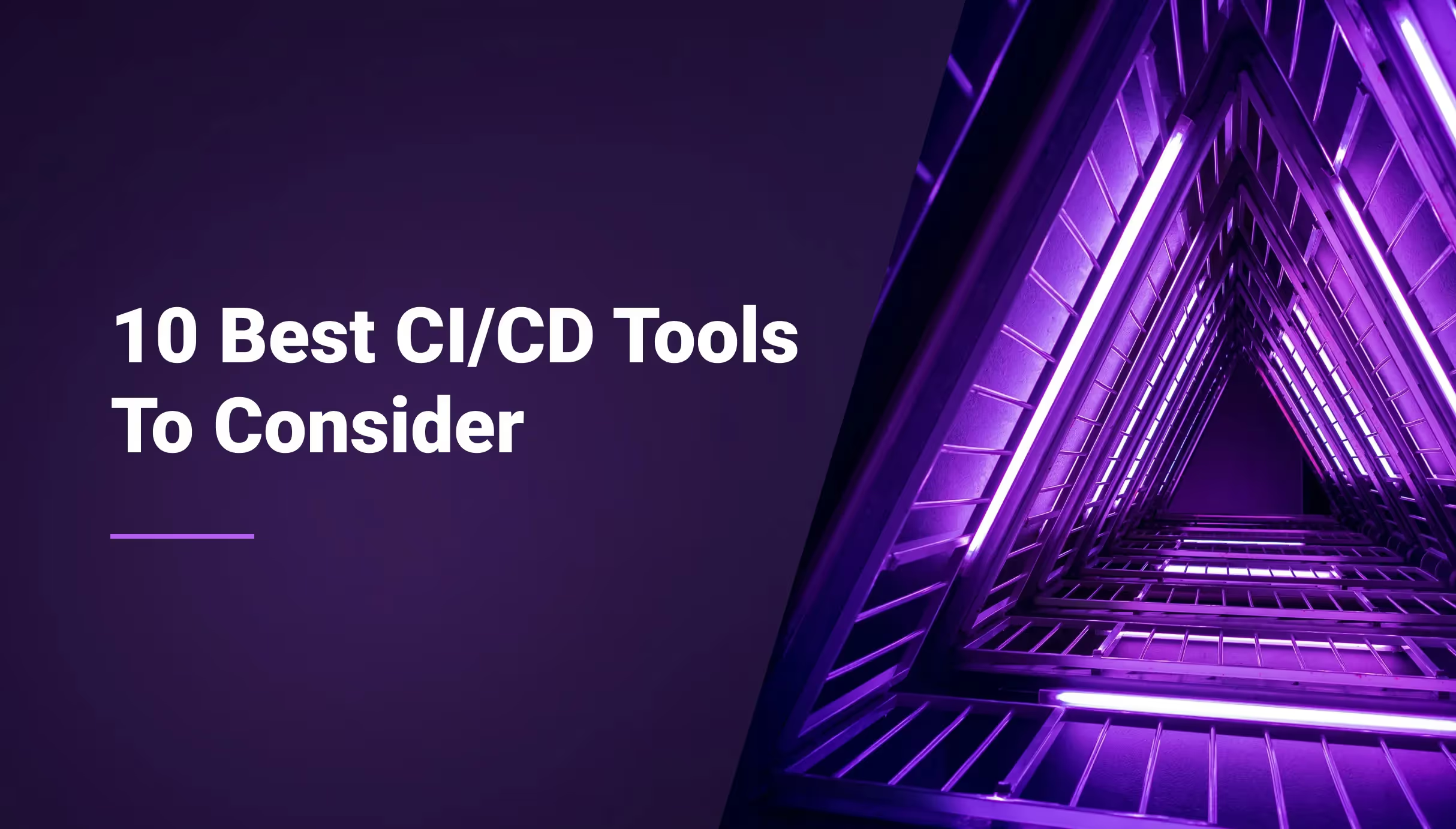
The 4 Most Exciting Features Coming For January 2023



Cron Job
Just in case you don't know what a Cron Job is - it is a task to be executed sometime in the future. This is typically used to schedule a job that is executed periodically – for example, to send a report every morning. We expect to release the first version of our Cron Job for December and in GA for January 2023. As for the applications, you can create a Cron Job from a Dockerfile coming from your git repository OR a container image from a Container Registry.
Check out this video from Alessandro (Lead PM @ Qovery) explaining Cron Jobs (and Lifecycle Jobs)
Lifecycle Job
The Lifecycle Job is a task that can be triggered on a specific Environment Event. Here are some concrete examples of where Lifecycle Job is useful:
- Seeding your database when your environment is created.
- Spinning up a MongoDB Atlas instance via Terraform when your Environment is created and cleaning it when it is deleted.
- Spinning up serverless functions on the cloud provider of your choice when your Environment is created and cleaning them when your Environment is deleted.
- In a more general way, you can provide any external resources (not managed by Qovery) with Lifecycle Jobs. Do you need to spin up and clean AWS SQS, SNS, SES, GCP Big Query, and Serverless functions?... Qovery Lifecycle Job got you covered.
Deploy Your Terraform Modules
This is the feature I am personally waiting for the most - Being able to deploy Terraform Modules right from Qovery. Terraform is the most used Infrastructure as a Code tool. We want to ensure that DevOps engineering teams adopting Qovery can re-use all the work they have already done to deploy On-demand and Ephemeral Environments.

Additionally, Qovery will provide a built-in state backend. So, no need to worry about where to store your state file. What about cost control and drift management? We are thinking about everything, and I can't wait to show you what we are preparing here 🔥.
Faster Deployments
Are you annoyed to wait 10 minutes to see all your services deployed? I feel you. That's why our Qovery Engine will support parallel deployment. Your deployment time will be drastically reduced since Qovery can build and deploy your applications in parallel.

What else?
The 4 features above are the biggest ones that we are working on. But we also consider delivering improvements and features like Audit Log and SAML and starting to support GCP as soon as possible. Don't forget to vote for the features you expect to see in Qovery. We prioritize based on your votes and feedback.

Suggested articles
.webp)



.svg)
.svg)
.svg)













